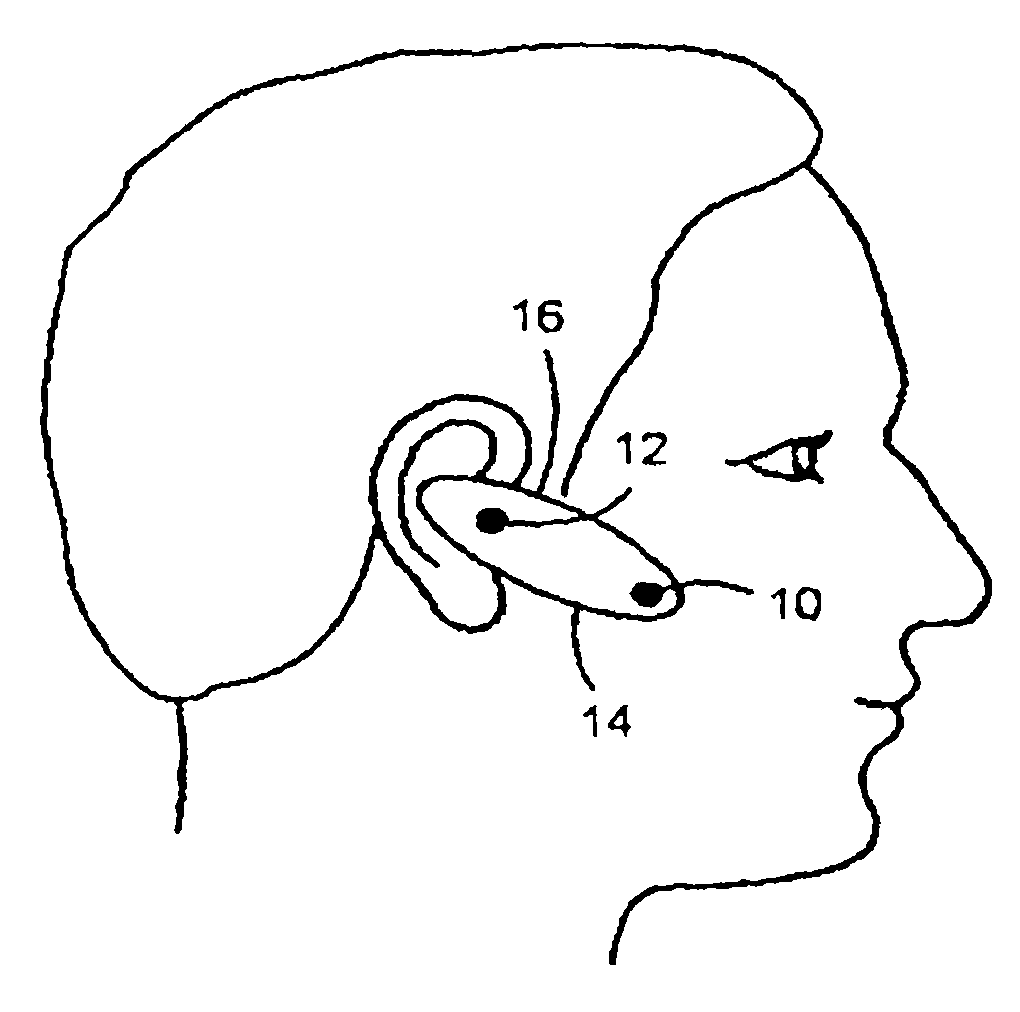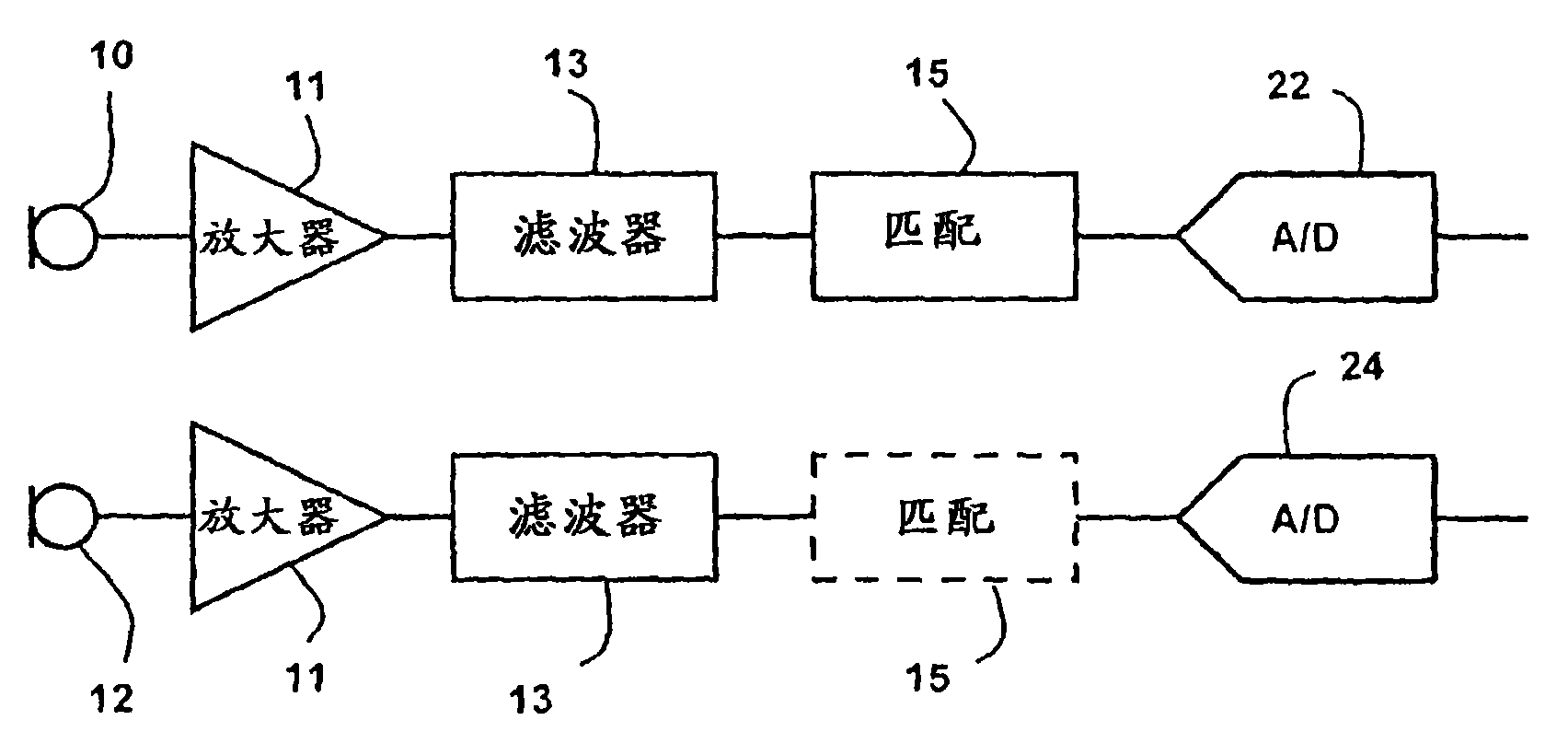Near-field vector signal enhancement
A near-field, input signal technology, applied in the direction of microphone signal combination, sensor components, sensors, etc., can solve the problems of limited ratio of noise attenuation to distance, serious wind noise sensitivity and electronic noise, etc., to achieve noise reduction and good noise Effect of elimination, effect of low computational energy
- Summary
- Abstract
- Description
- Claims
- Application Information
AI Technical Summary
Problems solved by technology
Method used
Image
Examples
Embodiment Construction
[0039] Embodiments of the invention are described herein in the context of a near field pickup system. Those skilled in the art will appreciate that the following detailed description of the invention is illustrative only and not limiting in any way. Other embodiments of the invention will be readily apparent to those skilled in the art having the advantage of the invention. Reference will now be made in detail to implementations of the invention as illustrated in the accompanying drawings. The same reference numbers will be used throughout the drawings and in the following detailed description to refer to the same or like parts.
[0040] In the interest of clarity, not all of the routine features of implementations are shown and described herein. Of course, it should also be recognized that during the development of any such actual implementation, many implementation-specific decisions must be made in order to achieve the developer's specific goals, such as accommodating th...
PUM
 Login to View More
Login to View More Abstract
Description
Claims
Application Information
 Login to View More
Login to View More - R&D
- Intellectual Property
- Life Sciences
- Materials
- Tech Scout
- Unparalleled Data Quality
- Higher Quality Content
- 60% Fewer Hallucinations
Browse by: Latest US Patents, China's latest patents, Technical Efficacy Thesaurus, Application Domain, Technology Topic, Popular Technical Reports.
© 2025 PatSnap. All rights reserved.Legal|Privacy policy|Modern Slavery Act Transparency Statement|Sitemap|About US| Contact US: help@patsnap.com



